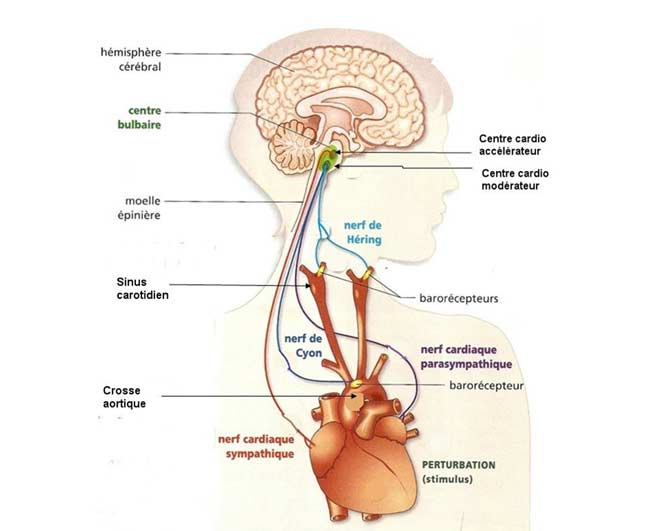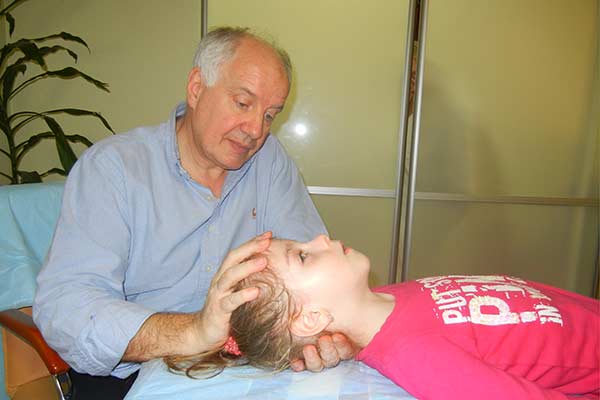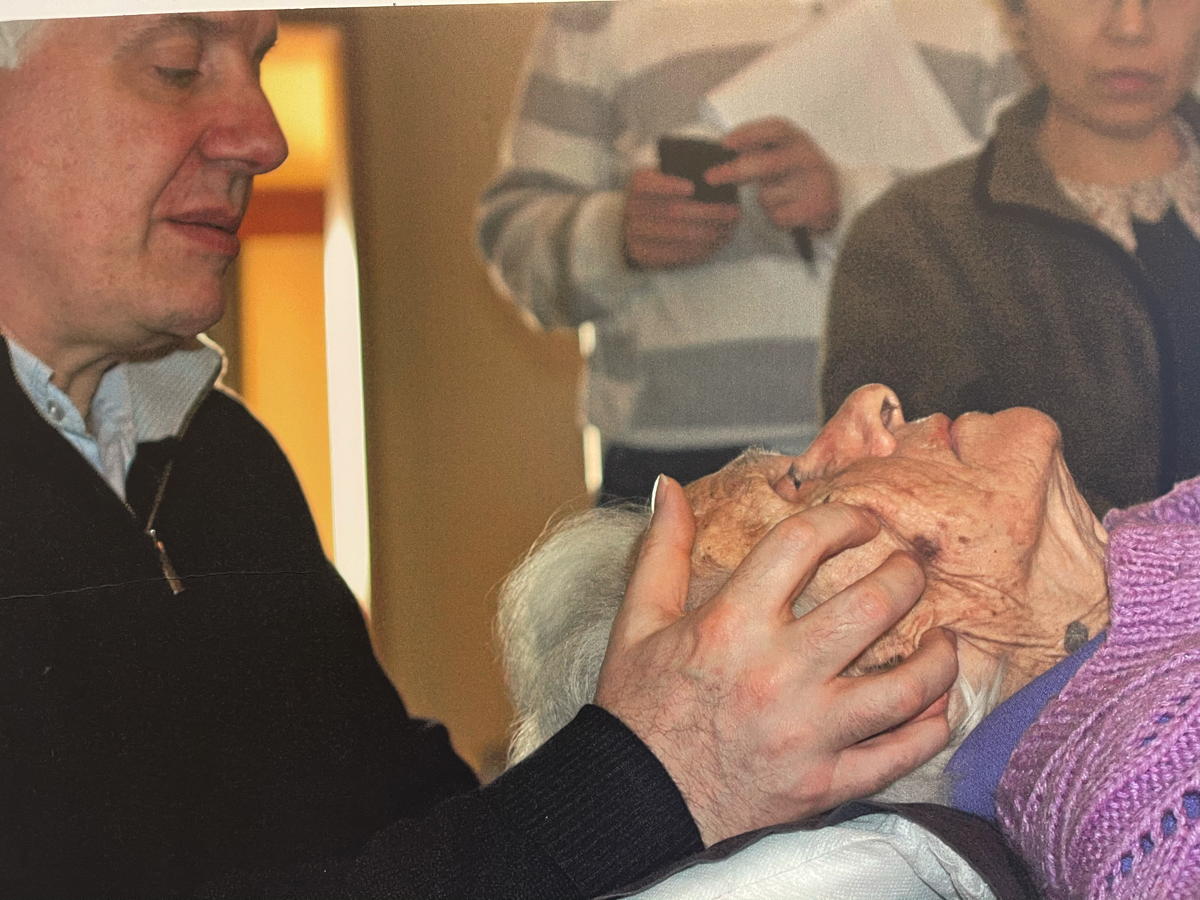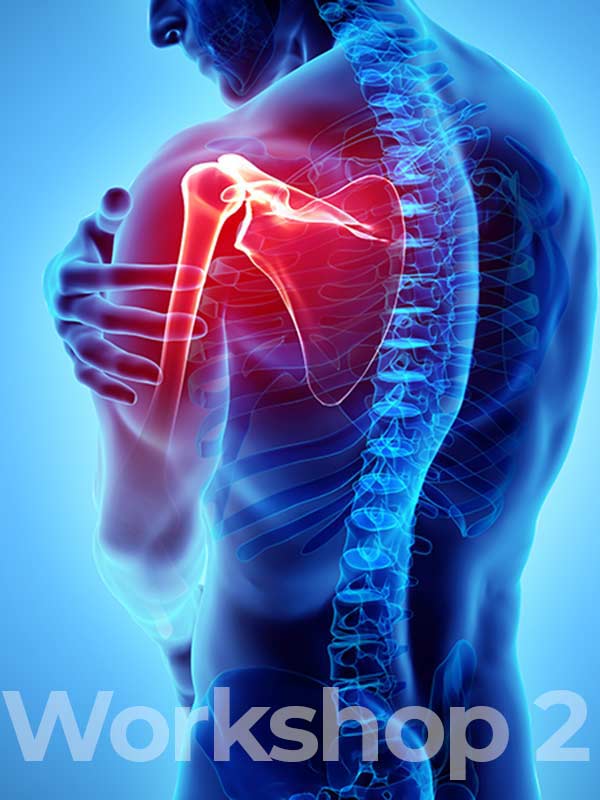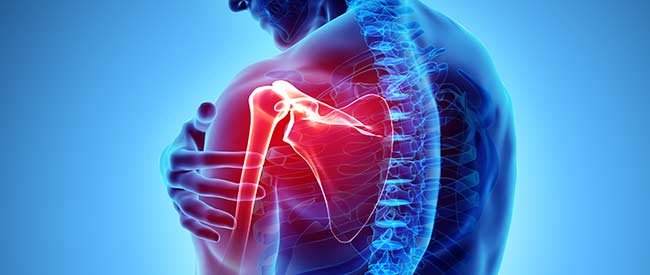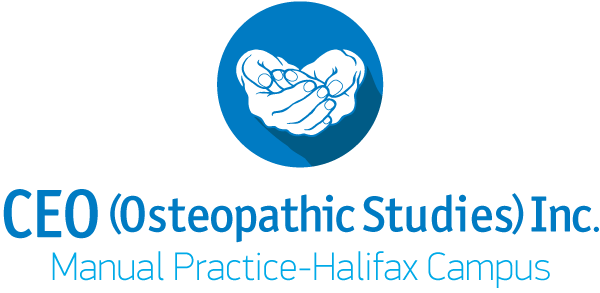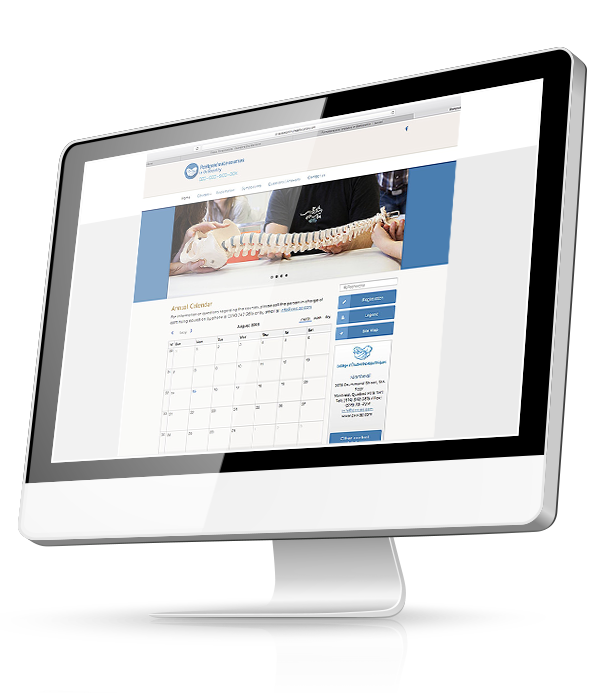
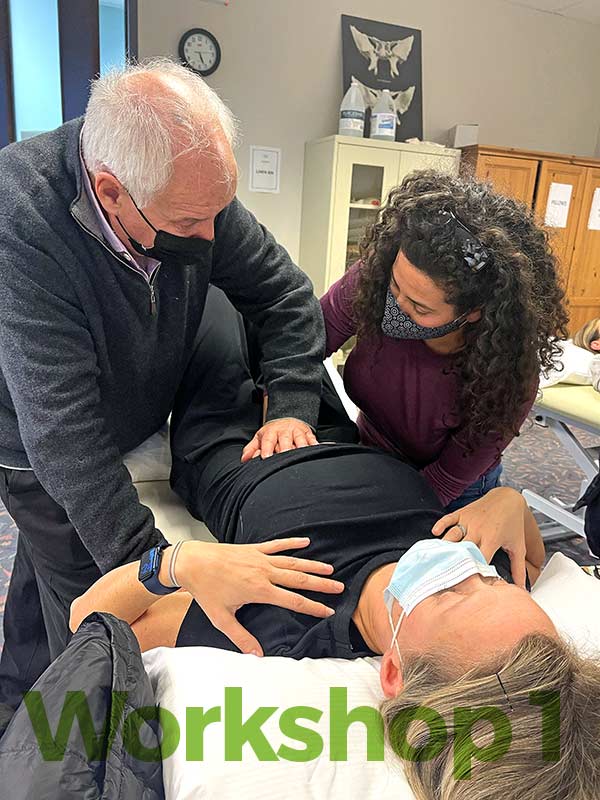
Philippe Druelle, D.O.
The Fascinating Function of the Vagus Nerve in the Practice of Osteopathy
4-DAY SEMINAR
starting December 1 to 4, 2022
Paul Evans, D.O.
Shoulder and Shoulder Girdle Dysfunctions:
Applied Fascial Release (AFR) and Therapeutic Exercises
4-DAY SEMINAR
starting December 1 to 4, 2022
Welcome
HALIFAX SYMPOSIUM 2022
Organized by the CEO (Osteopathic Studies)
schedule
December 1 to 4, 2022
